The Pedagogy Of John Dewey: A Summary
Dewey believed that learning was socially constructed and that brain-based pedagogy should emphasize active, experiential learning.
Dewey believed that learning was socially constructed and that brain-based pedagogy should emphasize active, experiential learning.
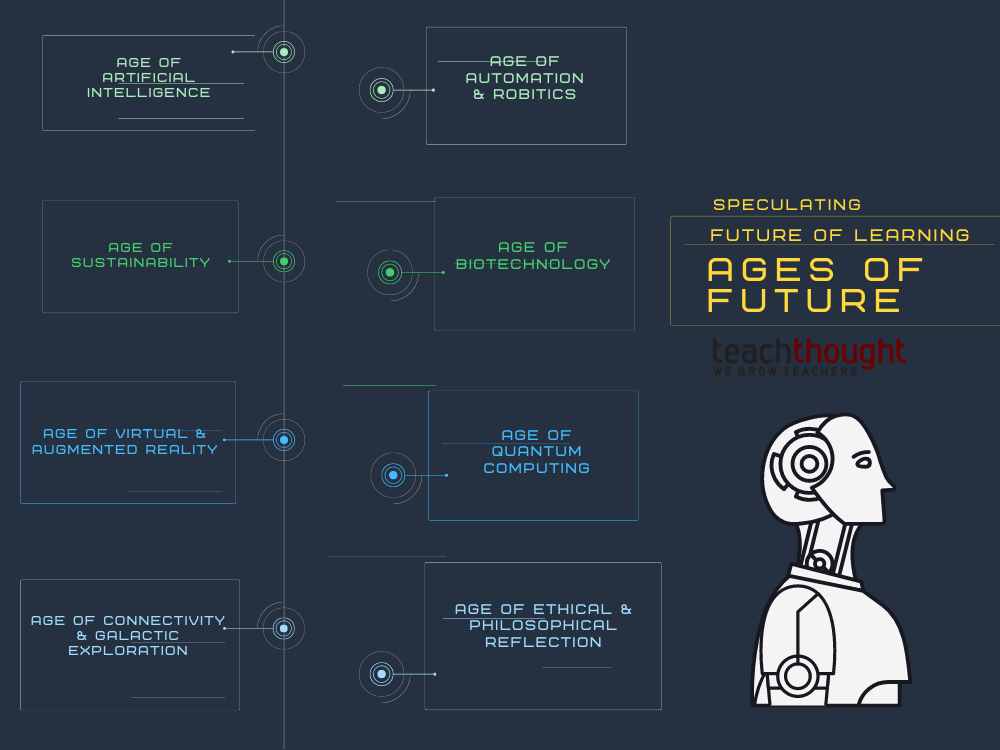
While predicting the exact future ‘ages’ that might come after the Information Age is speculative, we can try. : )
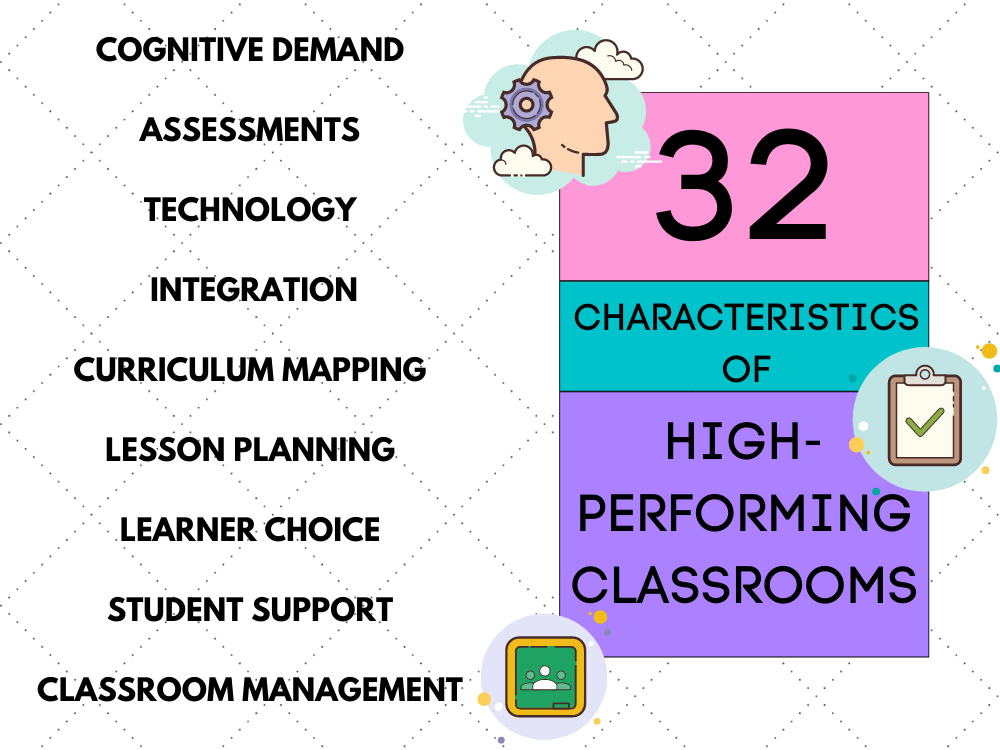
We’ve created the following 32 characteristics of high-performing classrooms to help you spot the opportunities for growth in your teaching.
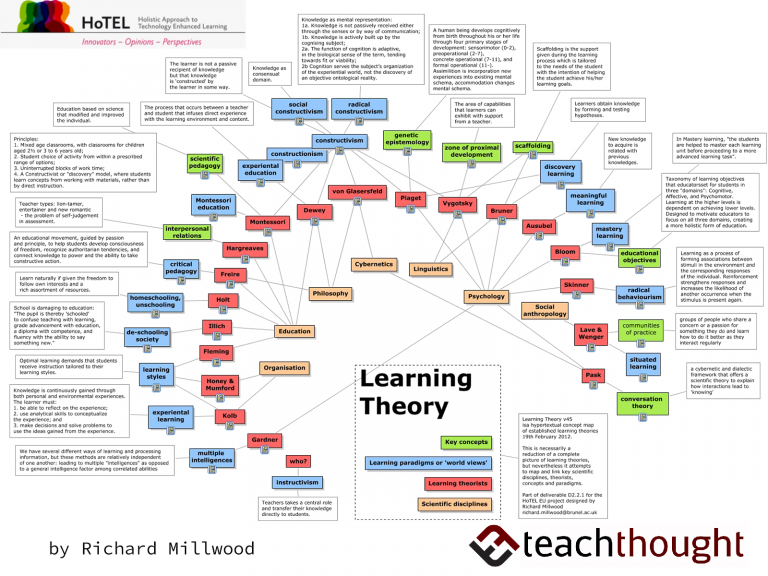
From Constructivism and Connectivism to Situated Learning, here are 32 of the most common learning theories every teacher should know.
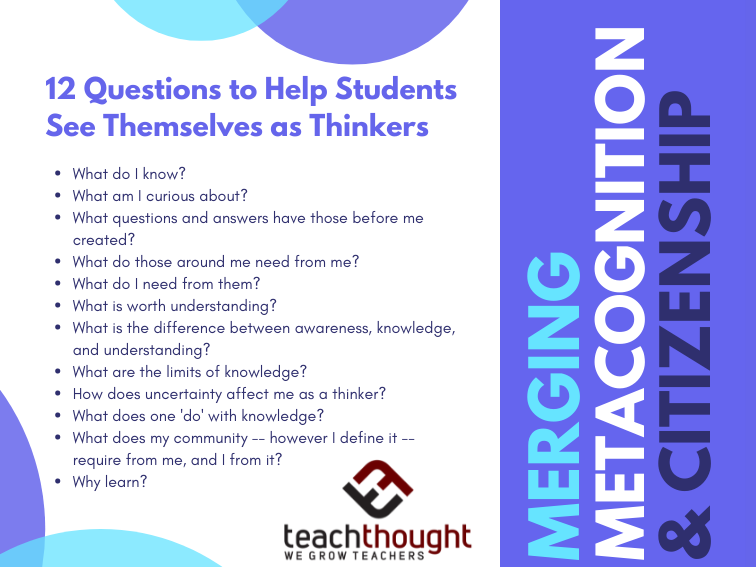
Self-knowledge is formed through metacognition and basic epistemology. Here are 12 questions to help students see themselves as thinkers.v
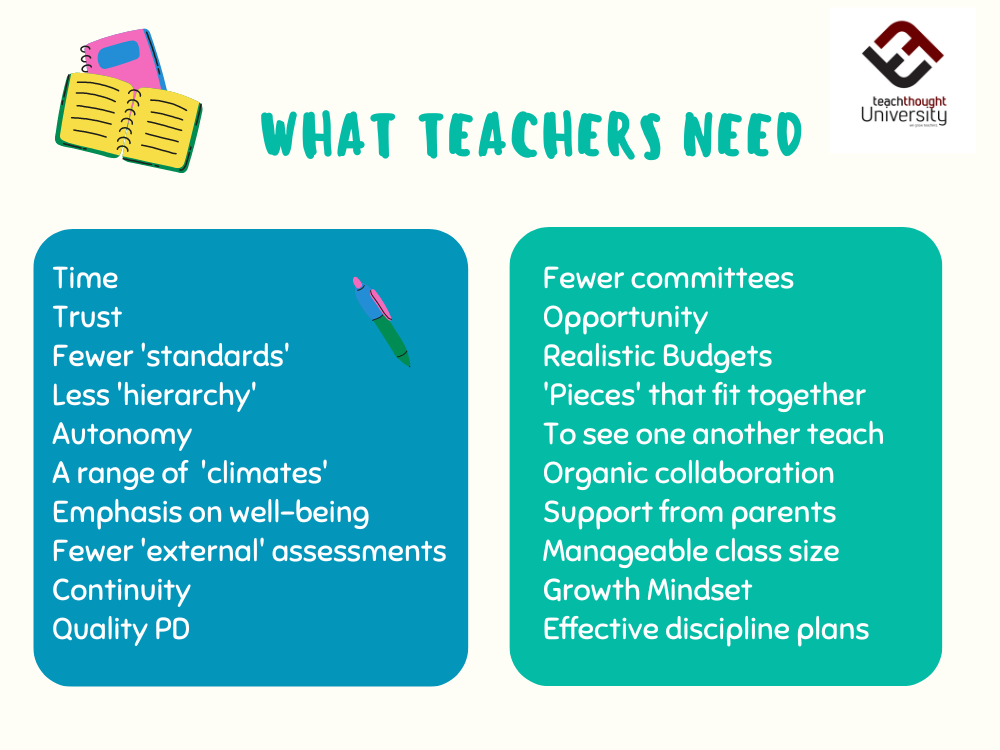
While schools should center children in purpose, tone, structure, function, etc., what about teachers? What do they need?
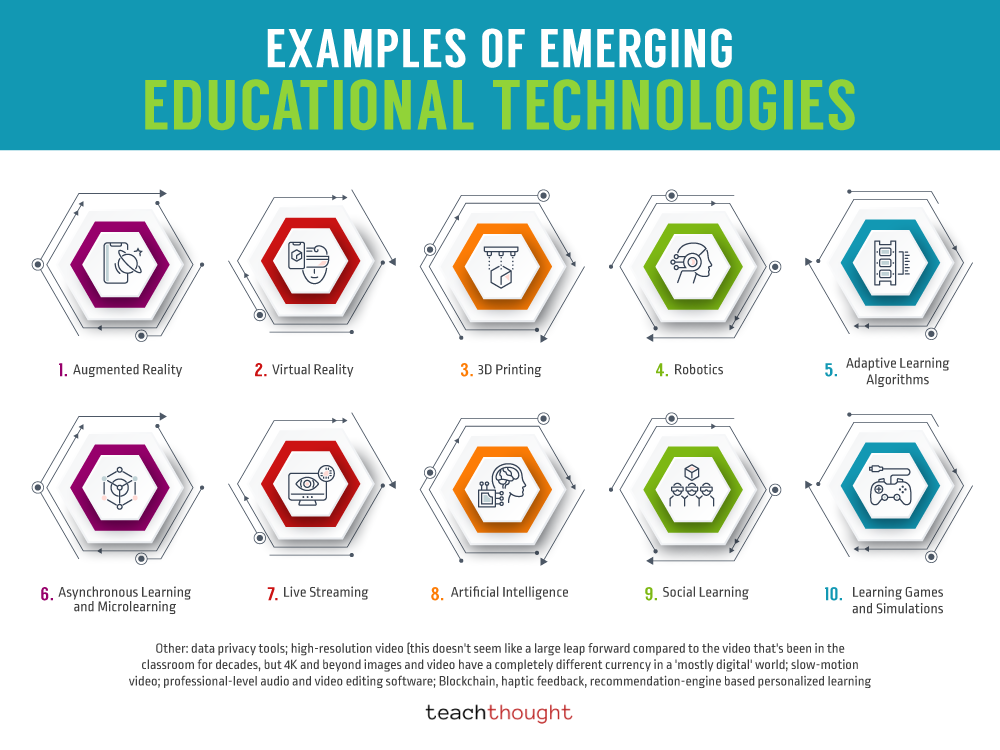
Most emerging educational technology will continue to radically reshape itself and thus continue ’emerging.’
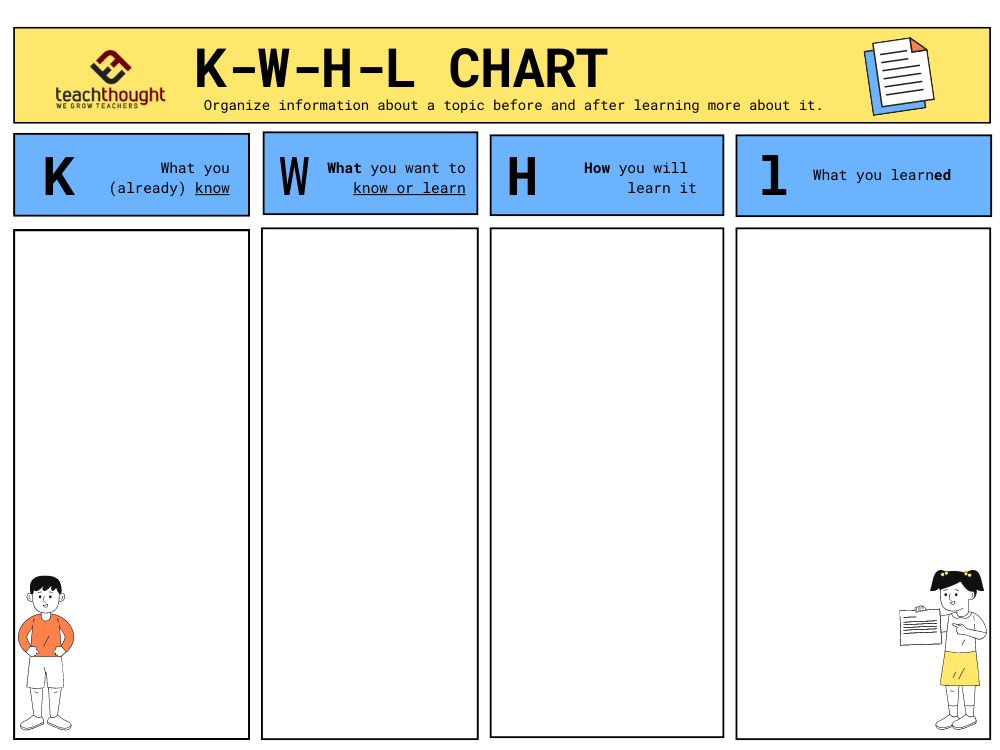
A KWHL chart is a variation of a KWL graphic organizer that adds ‘How’ to the predictive and reflective process.
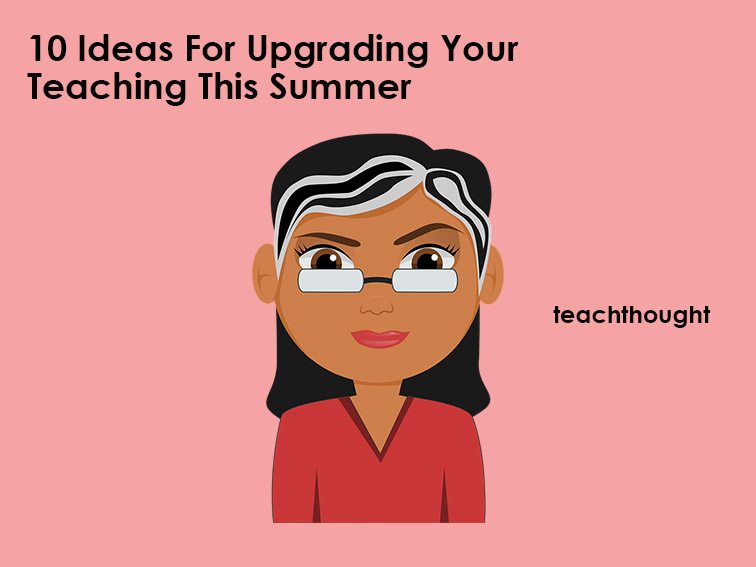
Upgrading for me means a clean, fresh start. It’s about assessing what’s out there, removing what’s outdated, and investing in the future.
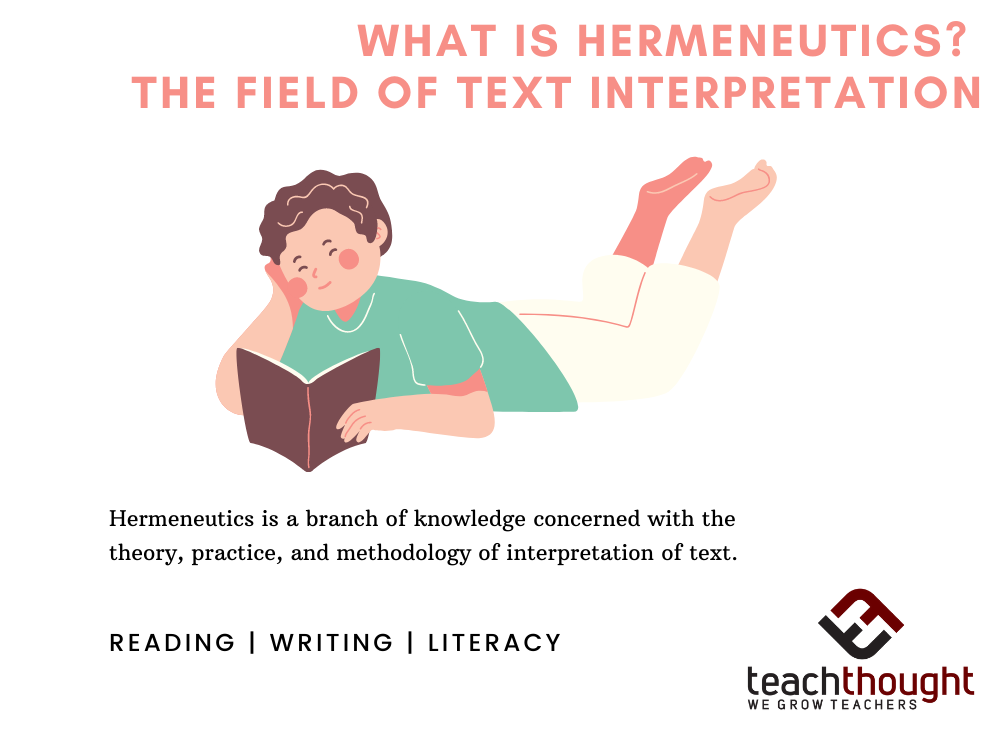
Hermeneutics is a branch of knowledge concerned with the theory, practice, and methodology of interpretation of text.

Athletes will rarely think, “I simply cannot make this shot.” Students–for whatever reason–are more likely to say, “I’m not good at tests.”
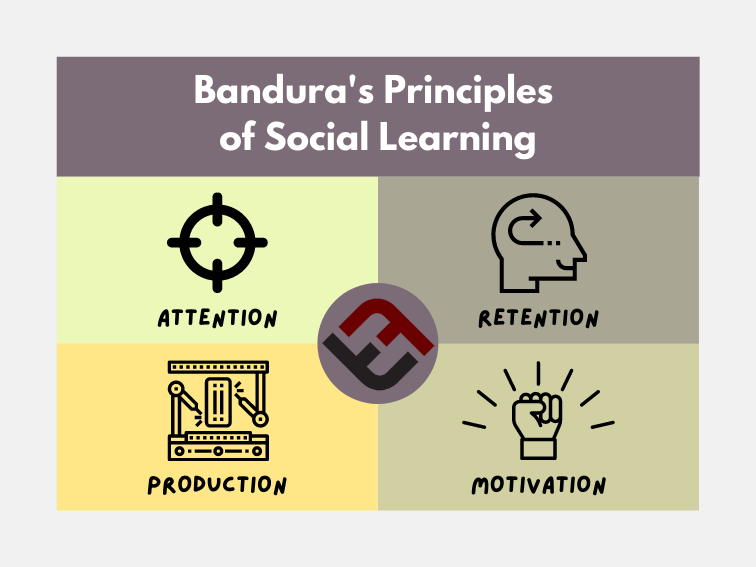
Bandura’s Social Learning theory explained that children learn in social environments by observing and then imitating the behavior of others.
End of content
End of content